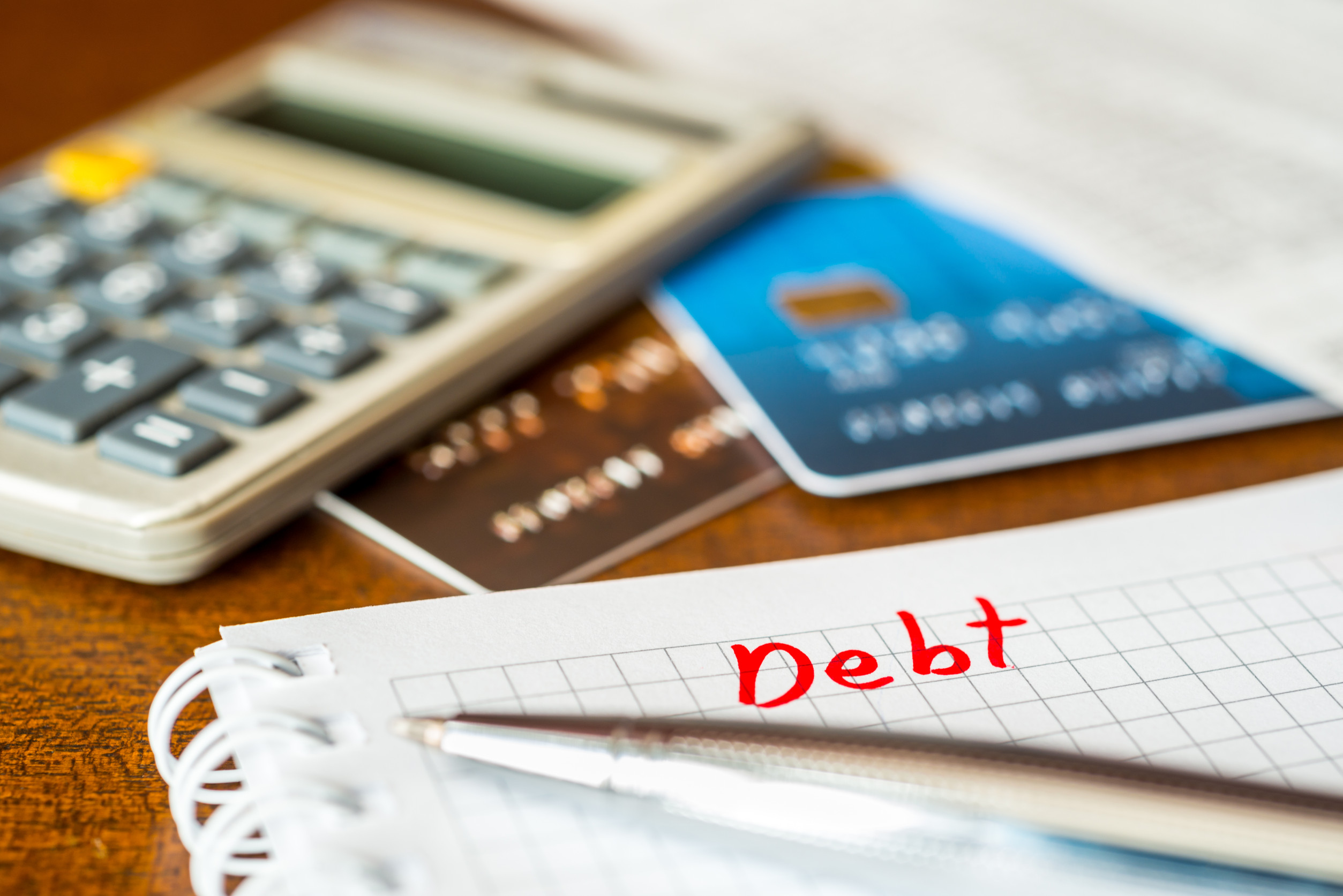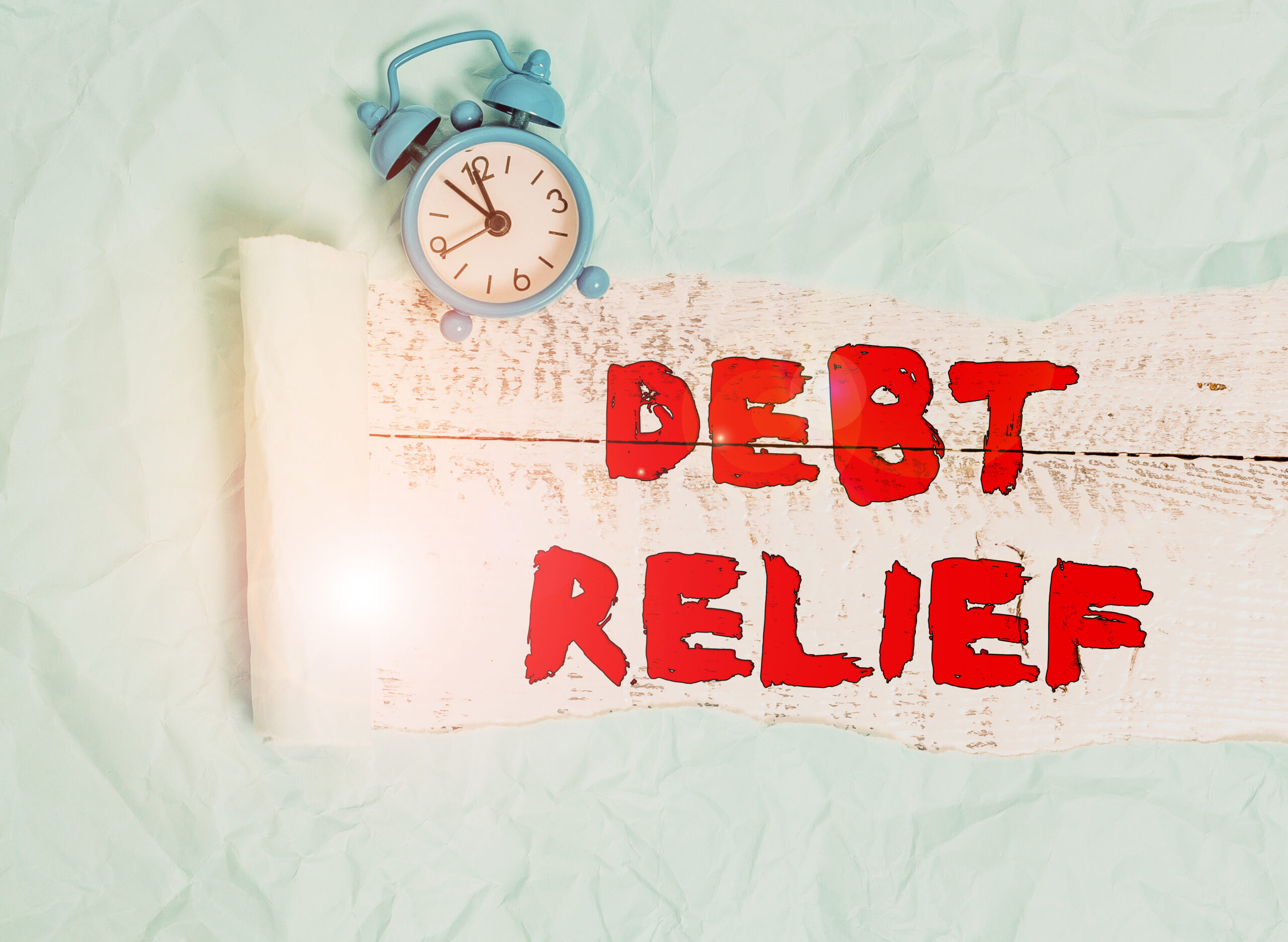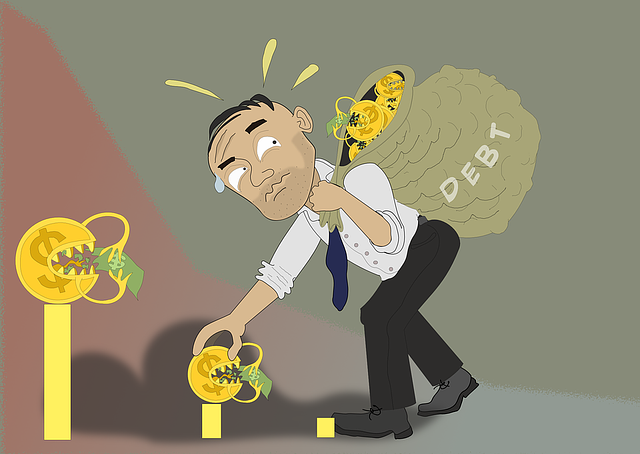
Image Source: 123rf.com
Debt is a financial burden that most people try to manage responsibly, but some will go to extreme—and often ridiculous—lengths to avoid paying what they owe. Whether it’s credit card balances, student loans, or even mortgages, people have attempted bizarre schemes to escape their financial obligations. While some of these tricks are laughably absurd, others have landed people in legal trouble, making their debt situation even worse. Here are ten of the stupidest tricks people have tried to get out of paying off their debt.
1. Claiming They’re No Longer Alive
One of the most desperate—and dumbest—attempts to avoid debt is faking one’s own death. Some people have gone as far as forging death certificates, staging fake obituaries, or even convincing friends and family to lie on their behalf. The problem? Lenders and government agencies aren’t easily fooled. Banks and creditors often verify death claims, and faking your death is a federal crime in many countries. Instead of wiping out debt, this scam usually ends with fraud charges and even jail time.
2. Mailing a Literal Envelope Full of Pennies
Some people think they can “technically” pay their debt in a way that frustrates creditors so much that they’ll just give up. One infamous trick is mailing an envelope filled with pennies or an entire truckload of loose change to a lender. While it’s true that legal tender laws mean companies must accept legitimate currency, banks and lenders aren’t required to process payments in an unreasonable format. Many institutions simply return the payment and continue charging late fees.
3. Arguing That Debt is “Illegal” Based on Conspiracy Theories
A group of so-called “sovereign citizens” believe that debt is illegal and that they are not obligated to repay loans or credit cards. Their argument is that the U.S. government and banks operate under a secret financial system that doesn’t apply to them. They send bizarre legal documents filled with nonsensical legal jargon, claiming that their debts must be erased. Unsurprisingly, courts do not recognize made-up financial loopholes, and these people usually end up in deeper legal trouble.
4. Sending a Cease-and-Desist Letter to the Bank
Some debt dodgers think that sending a cease-and-desist letter to their bank will somehow erase their financial obligations. While you can send a letter to stop aggressive debt collection calls, it does not eliminate the debt itself. Lenders don’t just forget about unpaid loans because someone sent them a strongly worded letter. Instead, they often escalate the case, take legal action, or send the debt to collections—leading to even worse financial consequences.
5. Changing Their Name to Escape Debt Collectors
A surprisingly large number of people have tried legally changing their name, assuming that their debt will disappear with their old identity. However, debt isn’t tied to just a name—it’s connected to Social Security numbers, addresses, and financial history. Banks and credit agencies still track debt under previous names, so this trick accomplishes absolutely nothing—except the hassle of filing legal name-change documents for no reason.
6. Marrying Someone and Transferring the Debt to Them

Image Source: 123rf.com
Some people think they can escape debt by getting married and somehow dumping their financial burdens onto their spouse. While marriage does merge certain financial responsibilities, debts incurred before marriage typically remain the original person’s responsibility. Some debt dodgers have even tried divorcing right after transferring assets and loans to their spouse, hoping to walk away debt-free. Courts aren’t fooled by this trick, and most lenders still hold the original borrower accountable.
7. Moving to a Remote Country to “Disappear”
Some debtors believe that moving abroad means their debt will magically vanish. While it’s true that some lenders won’t pursue small debts internationally, large unpaid loans, unpaid taxes, and government-related debts (like student loans) don’t go away just because you leave the country. In some cases, lenders can still work with international collection agencies, freeze accounts, or prevent a debtor from returning home without financial consequences. Running away rarely works—unless you plan to completely cut ties with modern banking systems forever.
8. Suing the Bank for “Emotional Distress” (Continued)
In a bizarre attempt to erase debt, some people have actually sued their lenders, claiming that having to pay their bills caused them emotional distress. While debt can absolutely be stressful, this argument doesn’t hold up in court. Debt is a legal obligation, and just because someone finds it inconvenient doesn’t mean they’re entitled to a free pass. In most cases, the lawsuit is dismissed, and the debtor ends up owing even more due to legal fees.
Even worse, if the lender decides to countersue for unpaid debt and legal costs, the debtor may be in an even deeper financial hole. The court system isn’t sympathetic to people who file frivolous lawsuits in an attempt to avoid financial responsibility. Instead of erasing their debt, they usually end up adding to it.
9. Pretending to Have Amnesia or “Forgetting” About the Debt
Some debt-dodgers think that playing dumb will get them off the hook. They claim they don’t remember taking out the loan or opening the credit card, hoping the lender will just drop it. Unfortunately for them, banks and creditors keep records of every transaction, and conveniently “forgetting” doesn’t make the debt disappear.
Some scammers have even tried to fake amnesia or insist that someone else fraudulently opened the account in their name. While identity theft is a real issue, falsely claiming fraud is a serious crime. If the lender investigates and finds out the claim is false, they may pursue legal action for fraud, making the situation far worse than just having unpaid bills.
What Happens When These Tricks Backfire?
Trying to game the system to avoid paying debt rarely works—and often makes things much worse. People who attempt these ridiculous tricks often find themselves facing:
- Lawsuits – Lenders can take legal action, leading to court judgments that make the debt even harder to escape.
- Wage Garnishment – Courts can order a portion of the debtor’s paycheck to be automatically deducted to repay the debt.
- Ruined Credit – Unpaid debts and failed scams can destroy credit scores, making it difficult to buy a home, get a job, or even rent an apartment.
- Bank Account Freezes – Some lenders can get court approval to freeze accounts, meaning debtors can’t access their own money.
- Criminal Charges – Fraudulent attempts to avoid debt, such as faking a death or filing false lawsuits, can lead to fines or even jail time.
The Smarter Alternative: Facing Debt Head-On
Instead of trying stupid tricks to get out of debt, people should focus on real solutions that actually work. Options like negotiating with lenders, setting up payment plans, consolidating debt, or working with a credit counselor can help people get back on track without resorting to shady tactics. In some cases, filing for bankruptcy may even be a legitimate last resort that wipes out certain debts legally.
Debt can feel overwhelming, but avoiding it—or trying ridiculous schemes—will only make things worse. The smartest move is to take responsibility, make a plan, and tackle the debt head-on before it spirals out of control.
Have you ever heard of someone trying a crazy trick to dodge debt? Share your thoughts in the comments!
Read More:
Would Jesus Use a Credit Card? The Ethics of Debt in a Modern World
7 Unexpected Ways Hospitals Can Help You Slash Your Medical Debt

Latrice is a dedicated professional with a rich background in social work, complemented by an Associate Degree in the field. Her journey has been uniquely shaped by the rewarding experience of being a stay-at-home mom to her two children, aged 13 and 5. This role has not only been a testament to her commitment to family but has also provided her with invaluable life lessons and insights.
As a mother, Latrice has embraced the opportunity to educate her children on essential life skills, with a special focus on financial literacy, the nuances of life, and the importance of inner peace.


